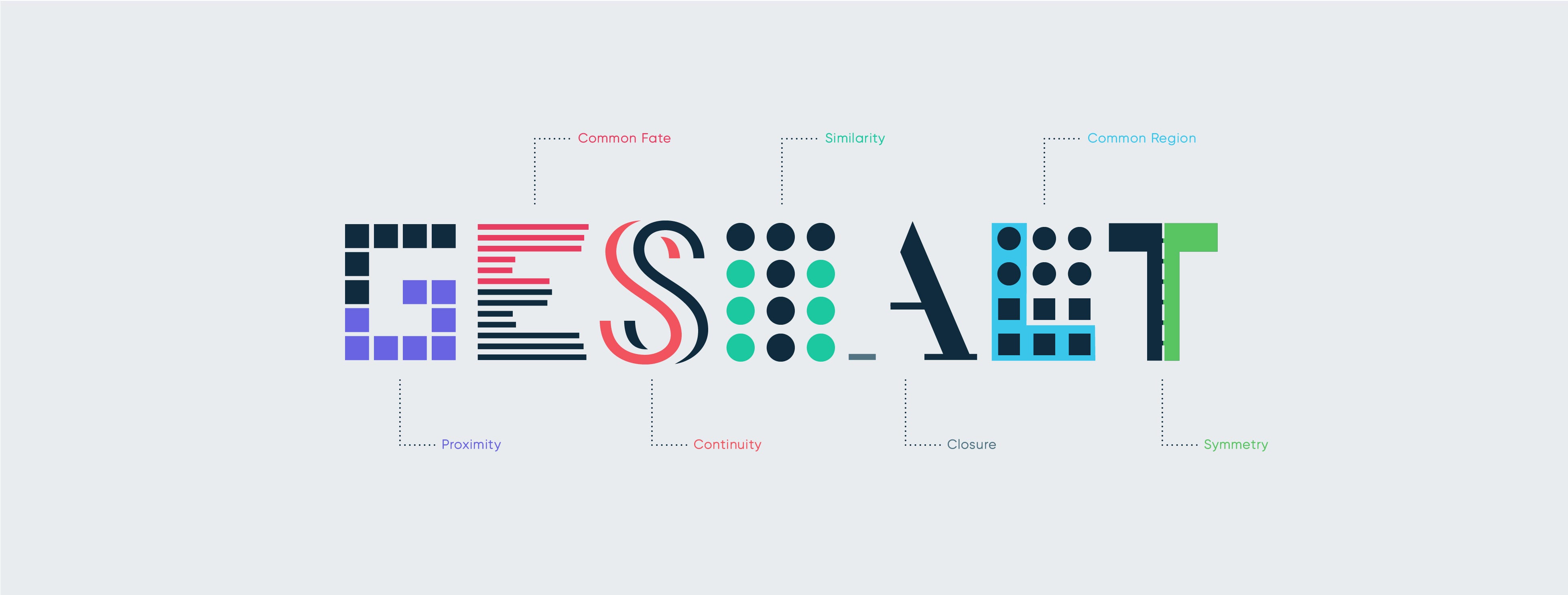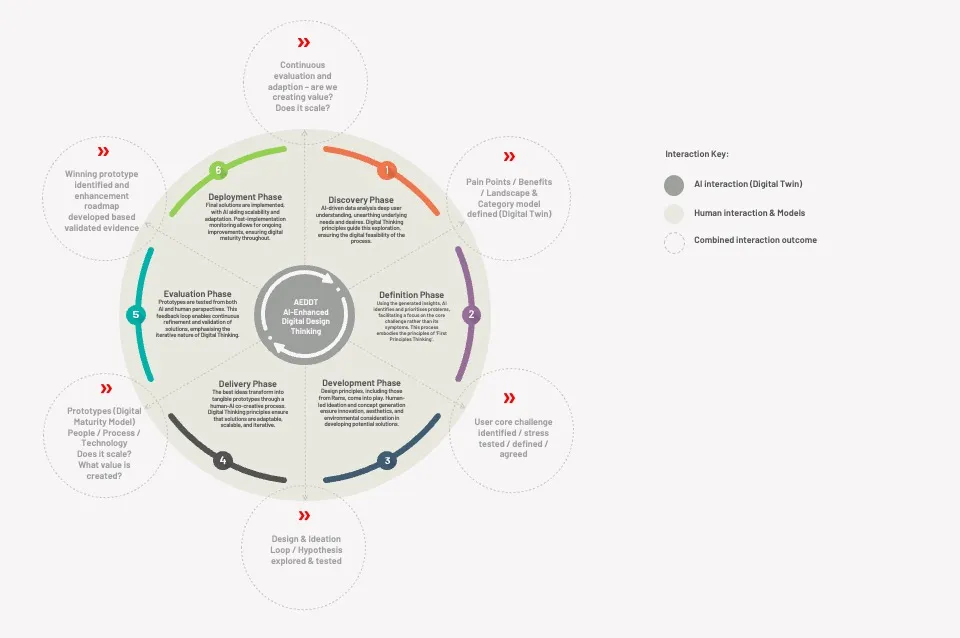
In the ever-evolving digital landscape, where authenticity and innovation drive user engagement, it's no longer sufficient for marketers to simply 'follow the playbook'. To truly resonate and achieve sustainable growth, it's essential to craft a strategy that not only asks the right questions but also perpetually challenges its own assumptions. Enter the realm of mental models—a cognitive toolkit used by decision-makers across various disciplines, from physicists to philosophers. By integrating these frameworks into our digital creative and marketing strategies, we can foster a deeper understanding of consumer behaviour, anticipate market shifts, and consistently interrogate our strategies.
This approach ensures our campaigns are not just trending, but trendsetting, and not just data-informed, but insight-driven. The end goal? To ensure we're not merely adding to the digital noise but effectively identifying and championing what is 'right'.
Mental models are cognitive constructs that represent how we understand and interpret the world and its complex systems. They shape our thinking, decision-making, and behaviours. While a single mental model might not be universally perfect for every situation, having an arsenal of such models can provide a diversified toolkit for better decision-making. Some famous mental models and explore their underlying principles and processes.
Design Mental Models:
-
Model: Gestalt Principles
- Principle: The mind perceives visual inputs as whole forms rather than the sum of their parts.
- Process: Identification of patterns, symmetry, and similarities in design.
- Application: Used in graphic design to create cohesive visuals that seem naturally grouped together.

-
Model: Fitts's Law
- Principle: The time required to move to a target is dependent on the distance and size of the target.
- Process: Optimising button sizes and positioning for easier interface interaction.
- Application: User Interface (UI) and User Experience (UX) design for websites and applications.
-
Model: Rule of Thirds
- Principle: An image can be divided into nine equal parts, and important compositional elements should be placed along these lines.
- Process: Grid division of visual space for strategic element placement.
- Application: Photography, graphic design, and layout planning.
Creative Mental Models:
-
Model: Lateral Thinking
- Principle: Seeking solutions through an indirect and creative approach.
- Process: Challenging existing patterns and finding novel ways to view a problem.
- Application: Brainstorming sessions, problem-solving, and ideation in product development.
-
Model: Divergent & Convergent Thinking
- Principle: Start broad and generate a plethora of ideas (divergent), then narrow down and refine (convergent).
- Process: Multi-stage creative problem solving.
- Application: Ideation processes, brainstorming sessions, and creative workshops.
-
Model: The T-shaped Individual
- Principle: A person with deep expertise in one field (vertical bar of the T) and a breadth of knowledge across multiple disciplines (horizontal bar).
- Process: Promoting interdisciplinary learning and application.
- Application: Team-building, recruiting, and personal development in creative industries.
Marketing Mental Models:
-
Model: AIDA (Attention, Interest, Desire, Action)
- Principle: The stages a consumer goes through in the buying process.
- Process: Crafting marketing strategies that lead the consumer sequentially through each stage.
- Application: Sales funnels, advertising campaigns, and overall marketing strategy.
-
Model: The 4 P’s (Product, Price, Place, Promotion)
- Principle: The four main levers a company has to influence demand for its product.
- Process: Holistic approach to product marketing.
- Application: Marketing strategy, product launches, and market positioning.
-
Model: SWOT Analysis (Strengths, Weaknesses, Opportunities, Threats)
- Principle: Assess both internal and external factors affecting an organisation.
- Process: Strategic review and planning.
- Application: Business strategy, product launches, and competitive analysis.
General well known Mental Models
-
Pareto Principle (80/20 Rule):
- Principle: 80% of outcomes often come from 20% of causes.
- Process: Prioritise tasks, resources, or efforts focusing on the vital few that produce the majority of results.
- Application: In business, for instance, it's common to find that 80% of revenue might come from 20% of clients.
-
First Principles Thinking (popularised by Elon Musk and developed by Aristotle):
- Principle: Break down complex problems into basic, foundational elements and then reassemble from the ground up.
- Process: Identify core components of a problem, understand them, and build solutions from scratch.
- Application: Musk used this thinking to approach battery cost in electric vehicles, not accepting the given market price but breaking down the components and costs to build a cheaper solution.
-
Sunk Cost Fallacy:
- Principle: Decisions should be based on future value, not past investments.
- Process: Avoid basing decisions on previously invested resources (time, money, energy) if they won't influence future outcomes.
- Application: Continuing a project just because of the amount already invested, even if the future outlook is bleak, is succumbing to the sunk cost fallacy.
-
Confirmation Bias:
- Principle: People seek out and remember information that confirms their existing beliefs.
- Process: Actively seek out opposing viewpoints and evidence to avoid making decisions based on biased information.
- Application: If researching an investment opportunity, one should look at both bullish and bearish analyses

These mental models and many more, serve as foundational concepts in their respective fields, guiding users towards more informed and effective decisions. They enable users to stress test thinking within proven frameworks and enable organisations to ask fundamental questions.
The pursuit of authentic engagement, growth and brand advocacy constantly reshapes the narrative, demanding new and better ways to engage with customers. The Fiora team, are constantly seeking new and more powerful ways to engage with consumers. It is however not about adding complexity, rather the team seek to simplify, building into our approach the ability to create value for consumers, capture that value for brands and scale.
The quest for growth, delves deep into various mental models and methodologies, creating an environment that thrives on constructive challenge and dynamic interplay. Every idea, every strategy component is rigorously stress-tested, ensuring that only the most resilient and impactful survive. Integrating cutting-edge AI tools into our workflow, we've supercharged the capabilities of our planners, designers, and account teams. This seamless marriage of human creativity and machine precision allows us to evaluate creative concepts and planning strategies with speed and efficiency.
Central to our approach is the Digital Thinking Framework (DTF). Comprehensive and robust, the DTF isn't just another model—it's a testament to our dedication to getting things 'right'. Under its guiding principles, Fiora has not only crafted award-winning creative campaigns but also ensured they resonate on a deeper, more meaningful level. Our creative endeavours do more than just catch the eye; they foster genuine connections, bridging the gap between brands and their users, and nurturing an ecosystem of avid advocates. The DTF is not just a tool but a mindset. It advocates for a holistic approach to problem-solving and decision-making, drawing from a rich tapestry of human thought, experience, and innovation. As the world grows more complex, and as the lines between the digital and physical blur, such a comprehensive approach will be indispensable, helping to simplify and inform, guiding us towards informed, balanced, and innovative solutions that work.
